[Translate to English:] Text
The marriage of his sister Maria Amalia to the Kingof Naples in May 1738 inspired their parents to send the fifteen-year-old heir to the throne on an impromptu journey to Italy, for life-saving medical treatments. This exceptional two-year adventure was amply documented, allowing us to precisely reconstruct the prince's route and daily experiences as he travelled from Dresden to Naples, Rome, Florence,Milan and Venice. Like the able-bodied Grand Tourists hemet along the way, he also travelled incognito with an entourage, enjoyed celebrity status, and collected art, relics, books and ephemera for shipment home. Some of the Italian gifts and souvenirs have been identified in museums, archives and libraries and are presented and contextualized in the intimate setting of the Sponselraum.
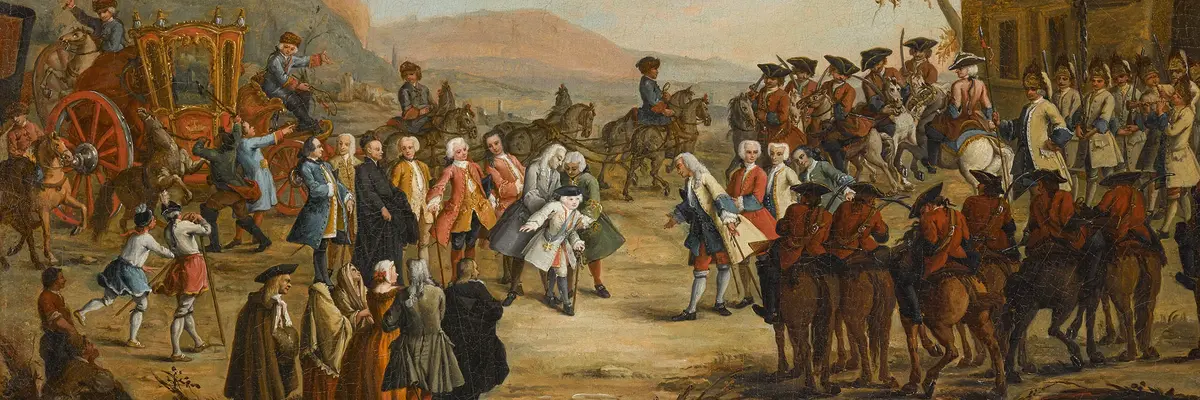
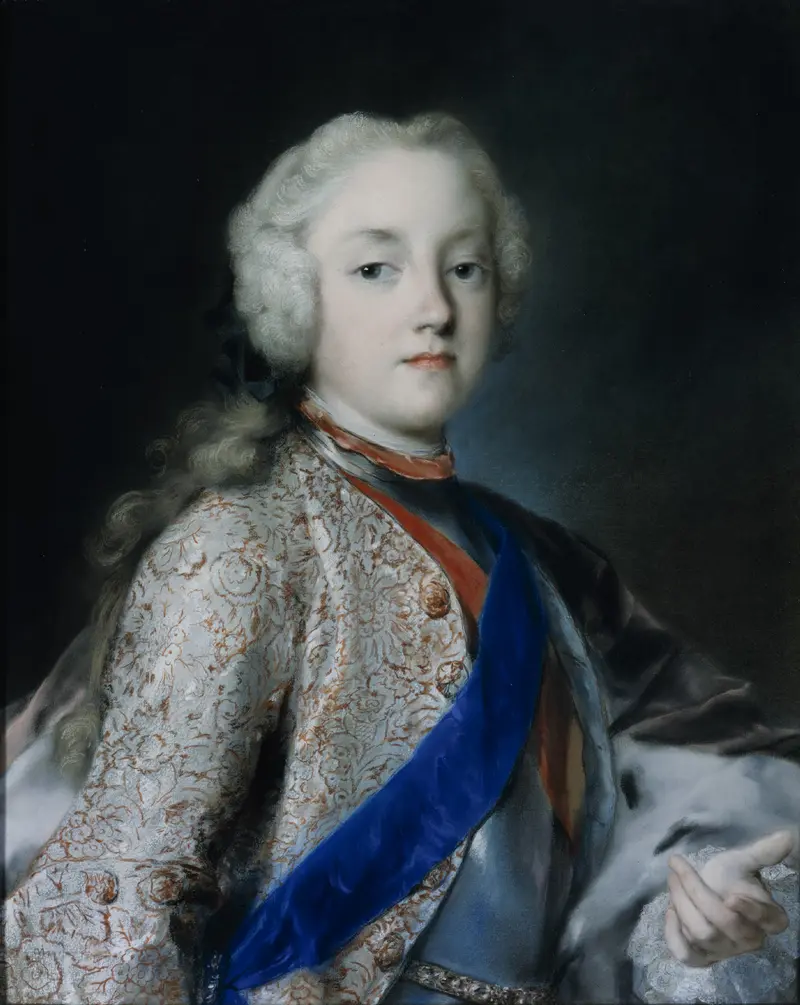

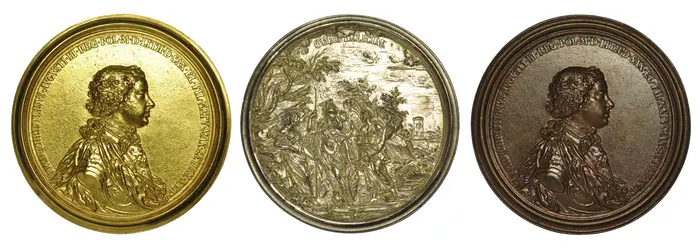
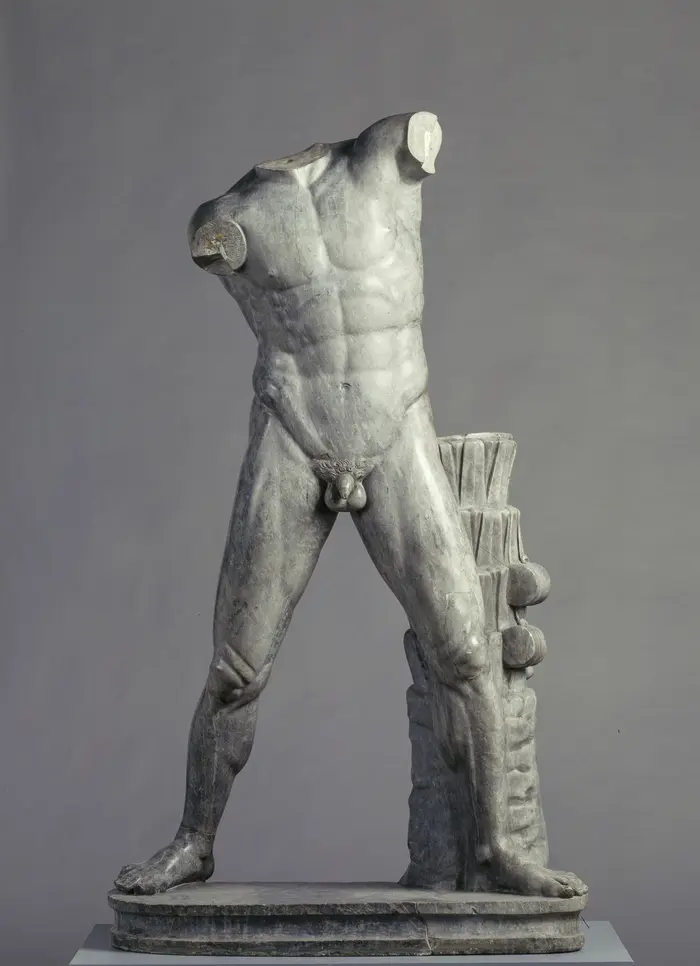
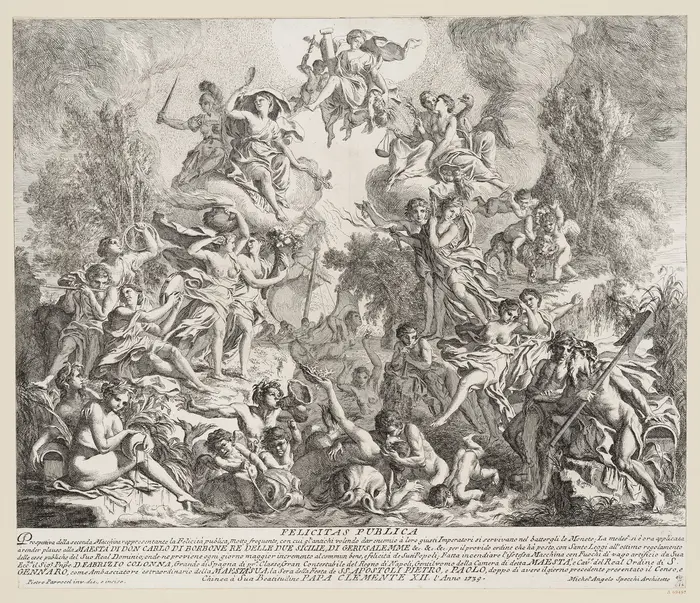

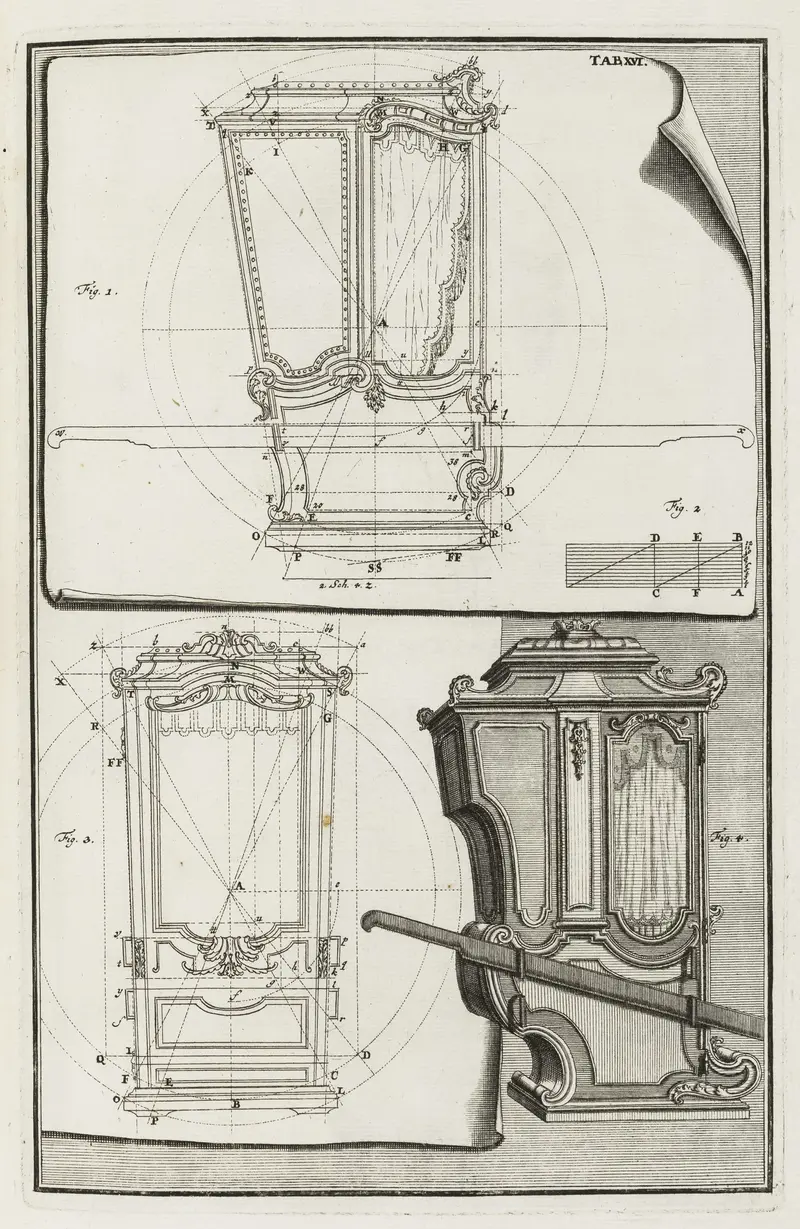

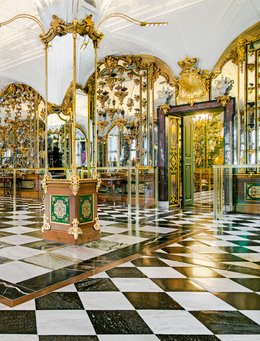
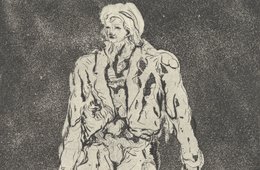
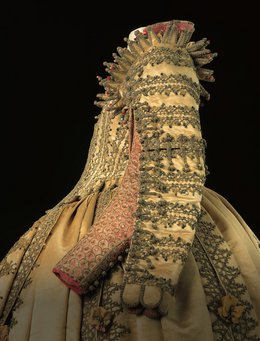
![[Translate to English:] Kunstgewerbemuseum gelber Kasten mit vier Füßen](/fileadmin/_processed_/2/5/csm_kg-dauerausstellung-ausstellungsteaser-portal_9f9692154c.jpg)
